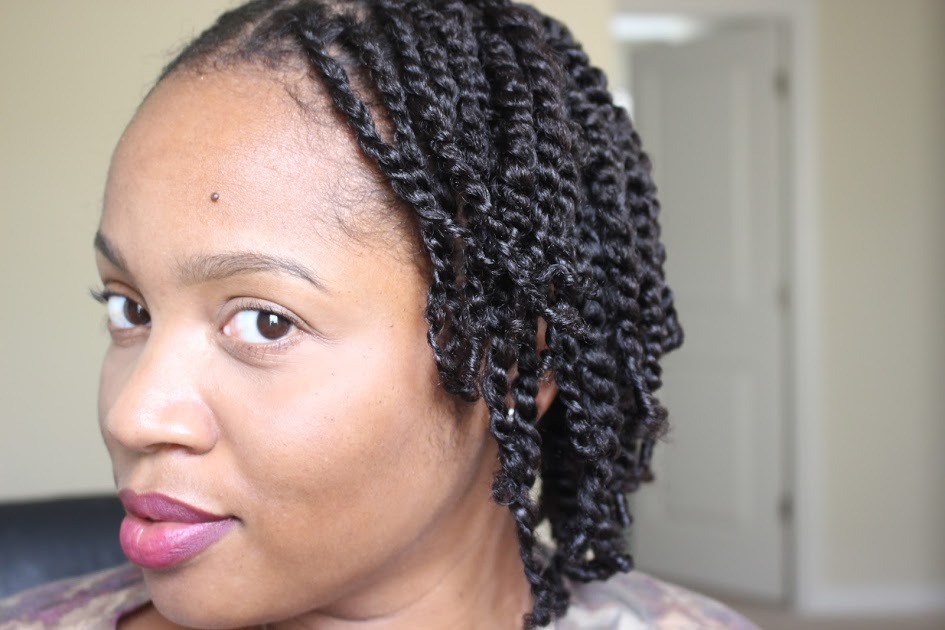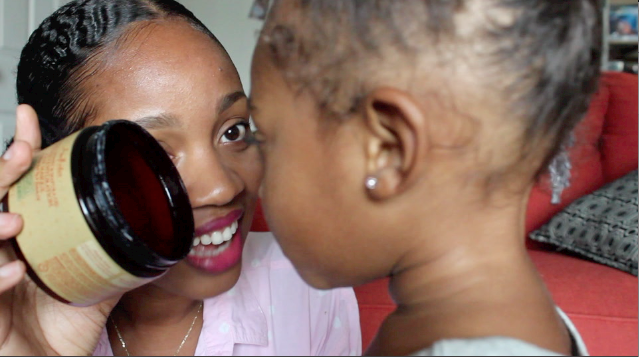
How To Moisturize Fine Hair
Retaining moisture for fine, low porosity hair can be tricky. We seek hair that is healthy and moisturized, but not weighed down and coated. Some products are barely there and do nothing at all, while others just sit on top of our hair and cause it to dry out. Some methods are confusing and some are flat out counter productive.
I’ve realized that the key to retaining moisture in fine, low porosity hair is LIGHT layering. I can’t stress the “light” enough. You want to use products that are moisturizing, but will not coat your hair strands and lead to product buildup. As you can imagine, moisturizing your hair is challenging when it is coated because the products act as a shield, preventing your hair from breathing and of course taking in additional moisture. The result is dry hair, which of course can lead to bigger problems (like breakage and shedding) if left untreated.
My fine haired curlies/naturals, we cannot use heavy products in every step of our styling regimen. Our hair will not thrive in these conditions. In light of this, I have to consciously think about which products to use and when, before styling my hair. If I am using a thick leave in conditioner, I will style with a light gel. If plan on using a heavy styling cream, I’ll opt for a light leave in conditioner. If oil is being added to the equation, it HAS to be a light oil such as jojoba or almond oil.
Some things to consider to help with moisture retention for fine or low porosity hair:
- Apply your leave in conditioner to wet/damp hair; Styling products to damp/dry hair.
- Work in sections. I’ve found it best if I work in sections no larger than the palm of my hand. If I can’t fit all of the hair in my hand, I’ll separate and make it smaller. Working in sections is best because it helps ensure your products are evenly distributed (not clumping anywhere) and calls for greater volume when styling.
- Choose where your “heavier” product will go. Want to use a cream styler? Use a light leave in. Is your favorite leave-in conditioner thick? Opt for a lighter gel to seal it with. Trust me, your hair will thank you for it.
Protective Styling Like a Boss
Keep your light layering technique in mind and install the best style for your lifestyle.
The BEST piece of advice I can offer is– if possible– work on dry, stretched hair. Although I love my coils, working on stretched hair for styles like twists or braids is optimal because my hair is already detangled and stretched so I’m not fighting against curls and tangles as I work. It also makes for more a more defined style because you’ll only have one curl pattern once the style is complete, not a twist out that coils at the roots or goes in different directions. Unless of course, that is the look you are going for.
Though I once doubted the efficiency (and practicality) of protective styling for my hair, I have to say that because of these tips, I’m a believer. Since I’ve found the best way to keep my hair moisturized while in a protective style, and found the best way to install specific styles for my hair type, my hair journey has reached new levels. I can rock a twist out, ya’ll. This is a big deal!
Did I miss any tips on styling and profiling for fine or low porosity hair? Share your do’s and don’t below!
